Communication Management: Stakeholders, Systems, Barriers, and Impact
VerifiedAdded on 2024/05/16
|11
|547
|462
Report
AI Summary
This report explores the critical role of communication within organizations, analyzing information and knowledge sharing among diverse stakeholders. It examines various systems used for communicating information, including meetings, presentations, emails, and training sessions, while also addressing potential barriers to effective workplace communication, such as verbal and non-verbal issues, and the impact of technology. The report evaluates the influence of factors like cultural values and language on communication, highlighting technology's dual role in enhancing speed and efficiency while also potentially hindering information flow. Furthermore, it discusses how policies, procedures, and legislation can impact the communication process, emphasizing the importance of favorable policies and adherence to codes of practice. The report concludes that effective communication is vital for organizational success, requiring proper planning, procedures, and the strategic use of communication theories to facilitate information exchange.
1 out of 11
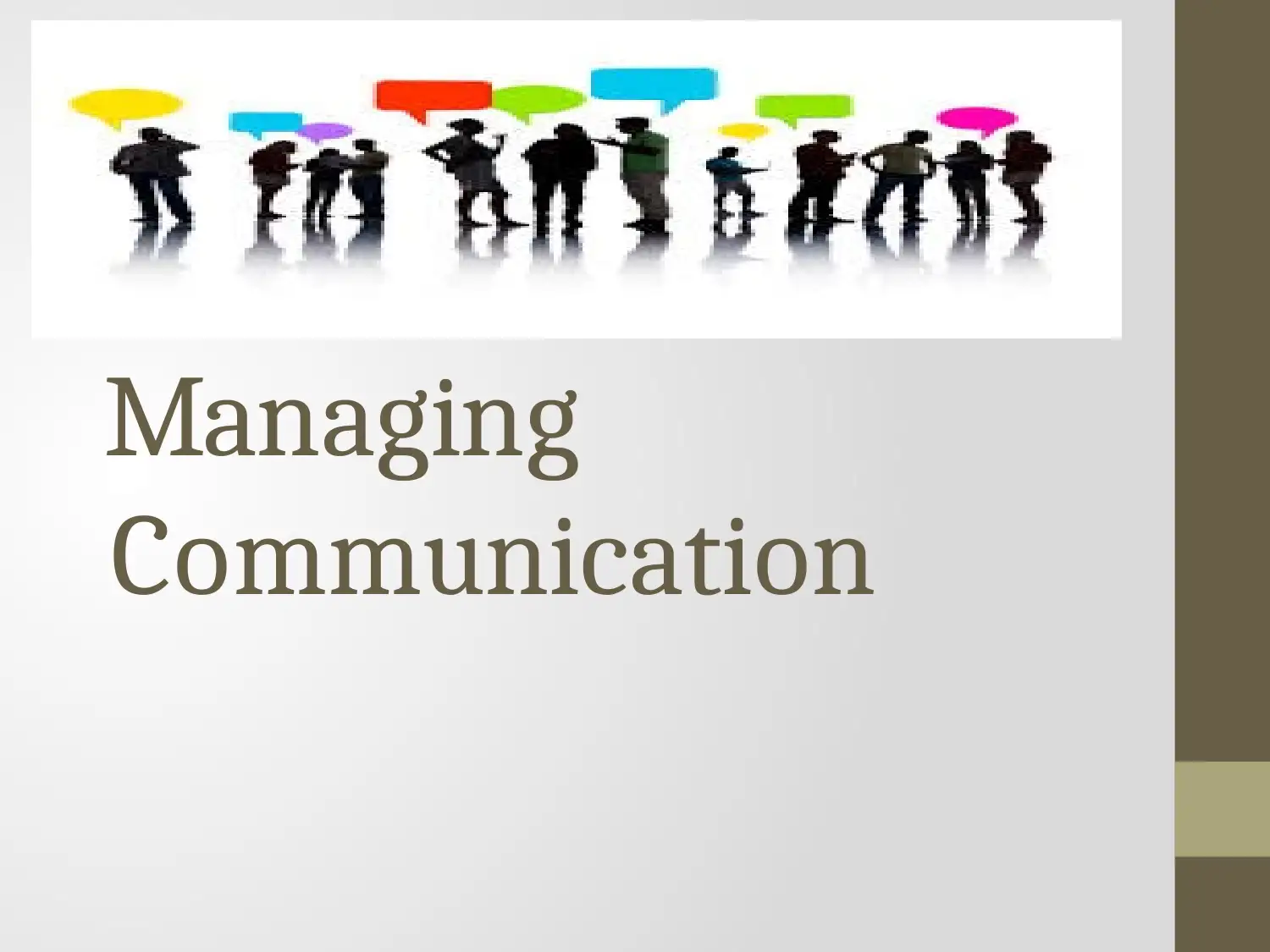
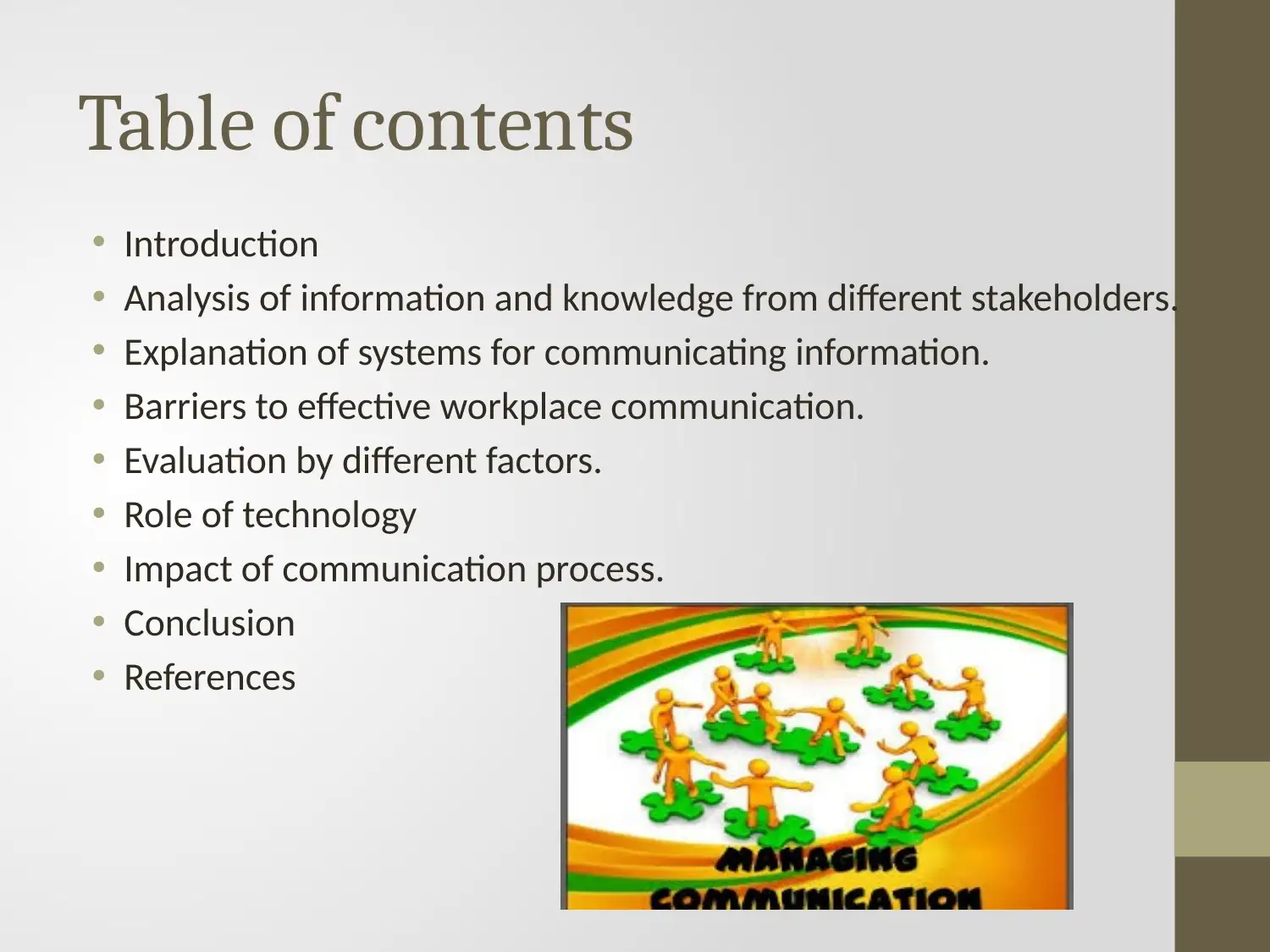
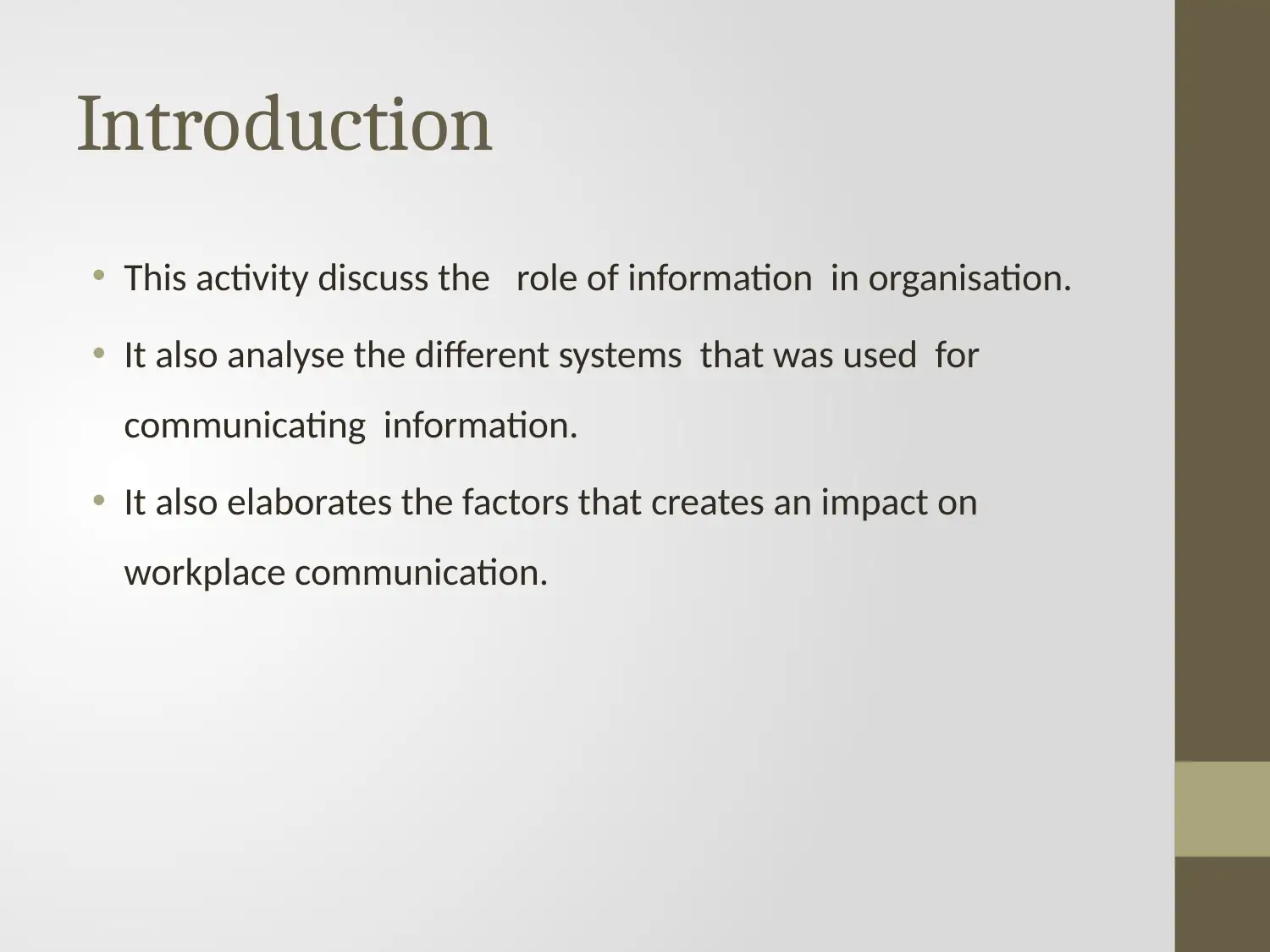

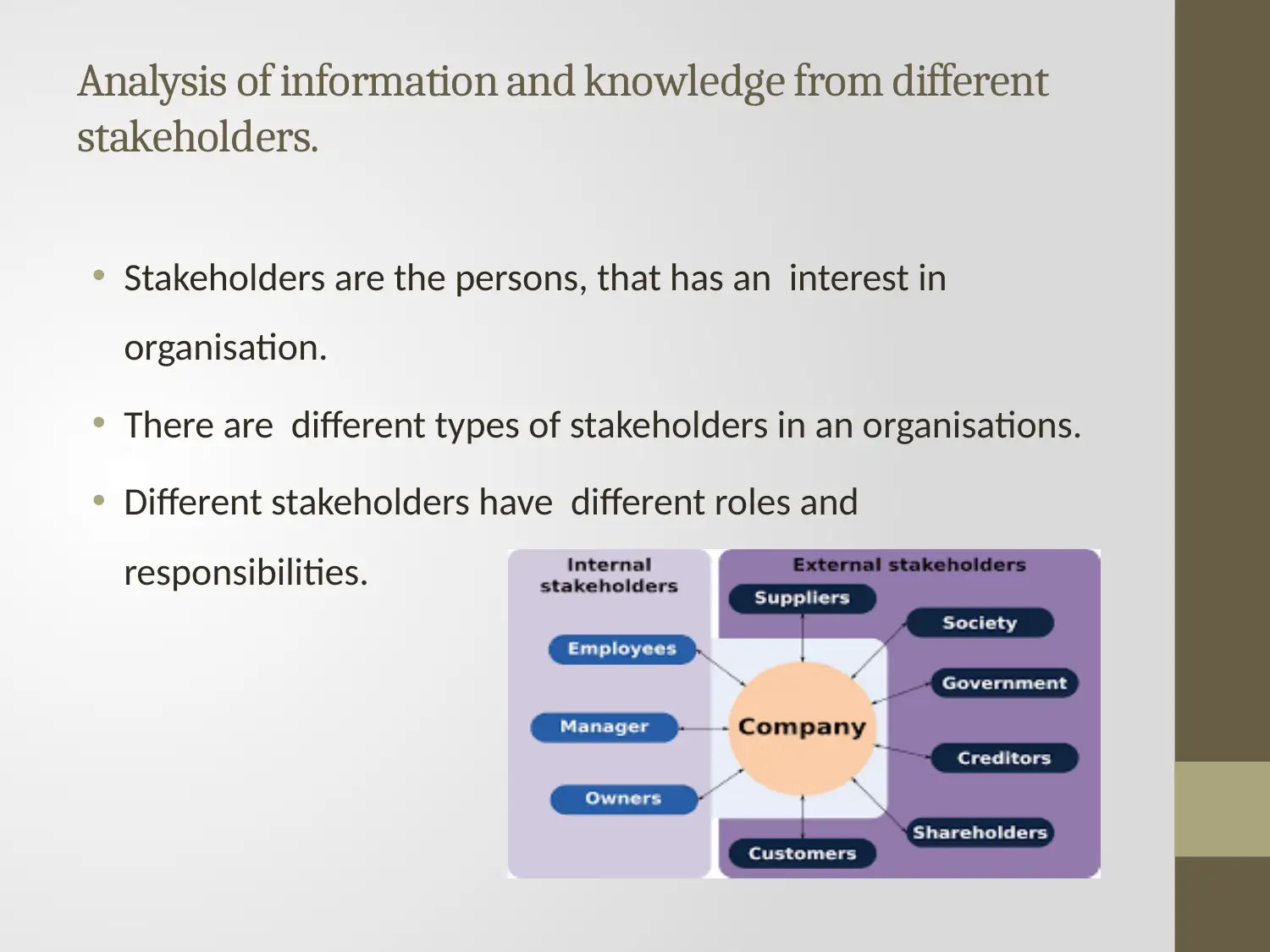
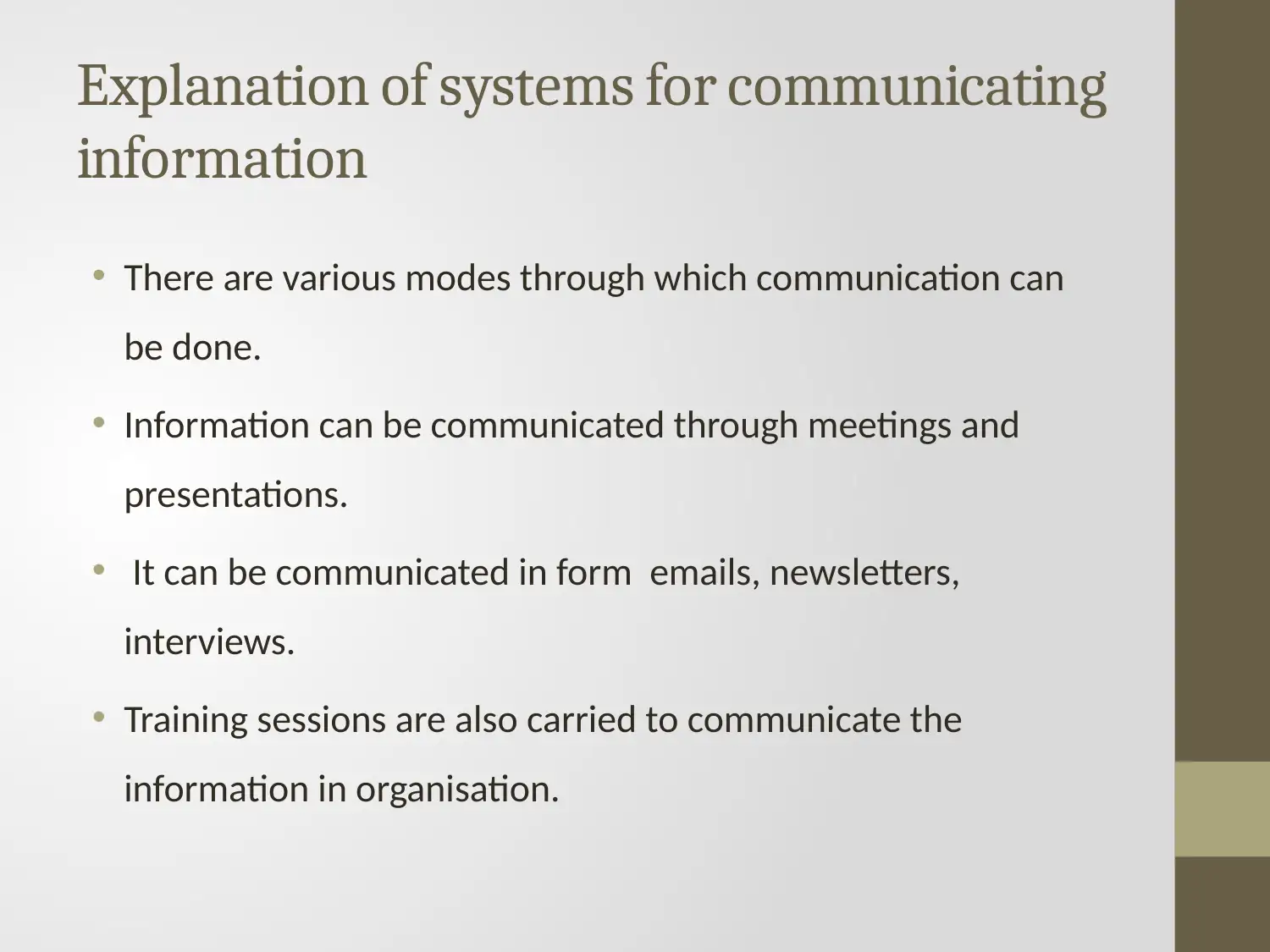
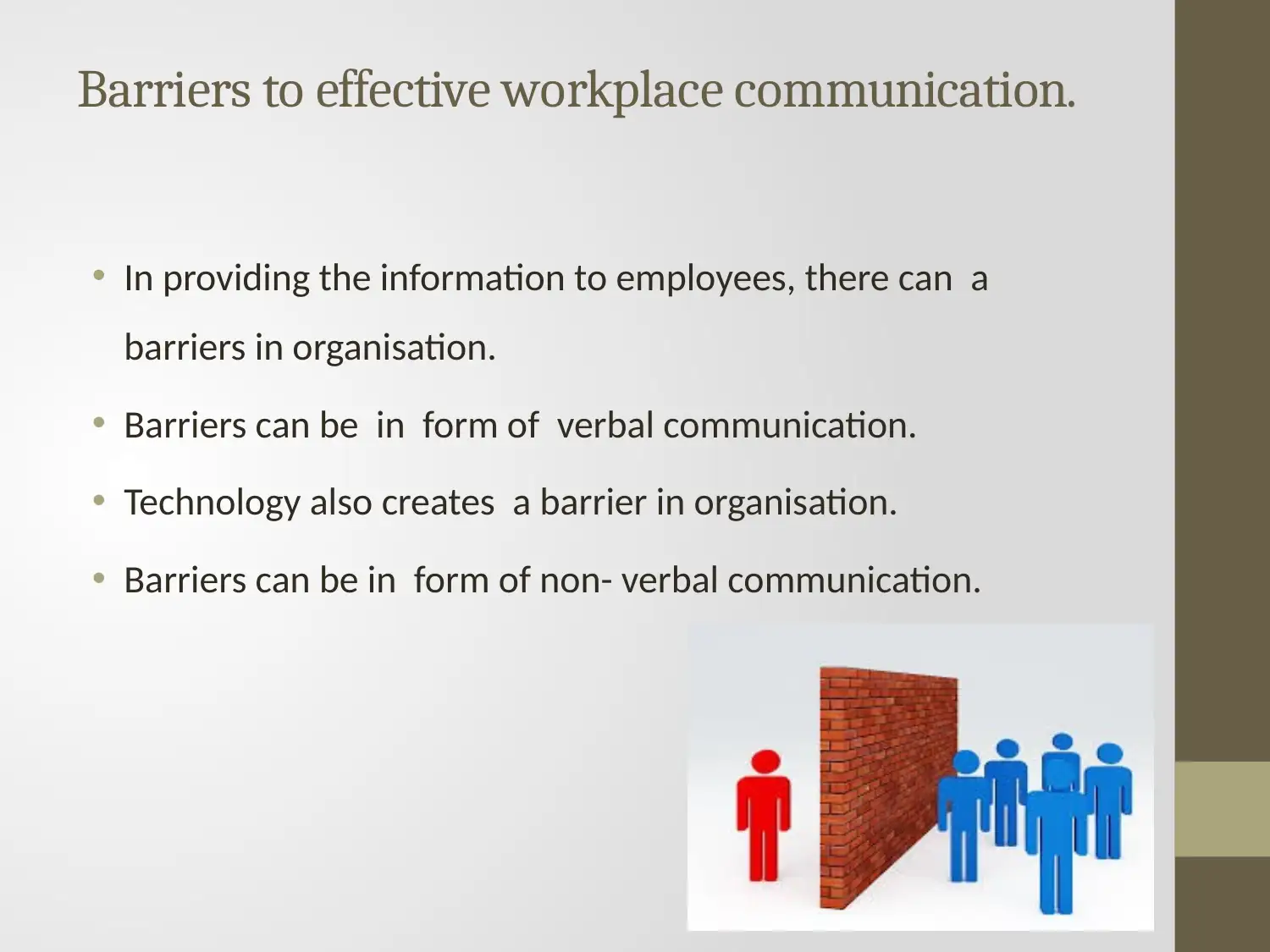
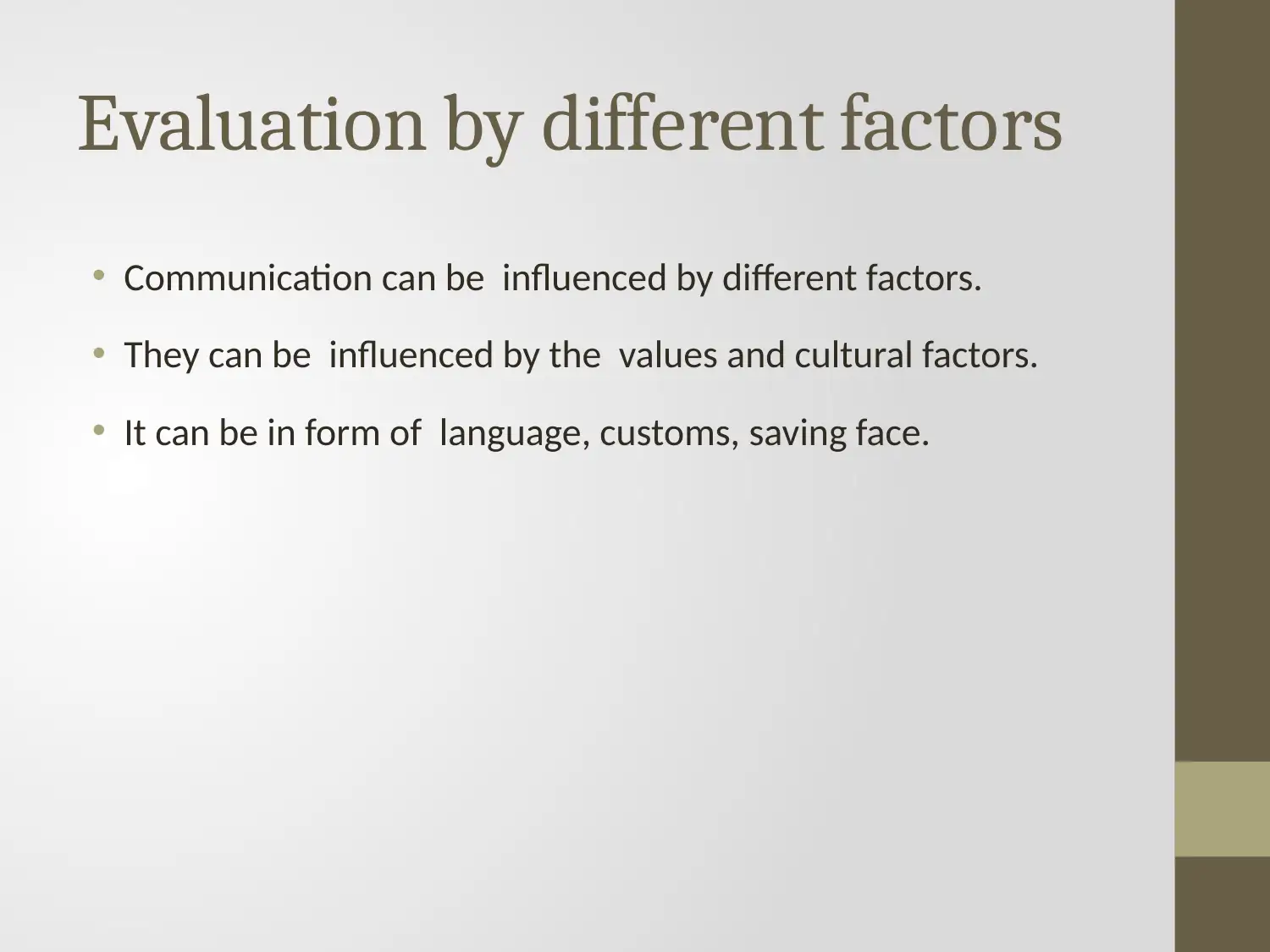
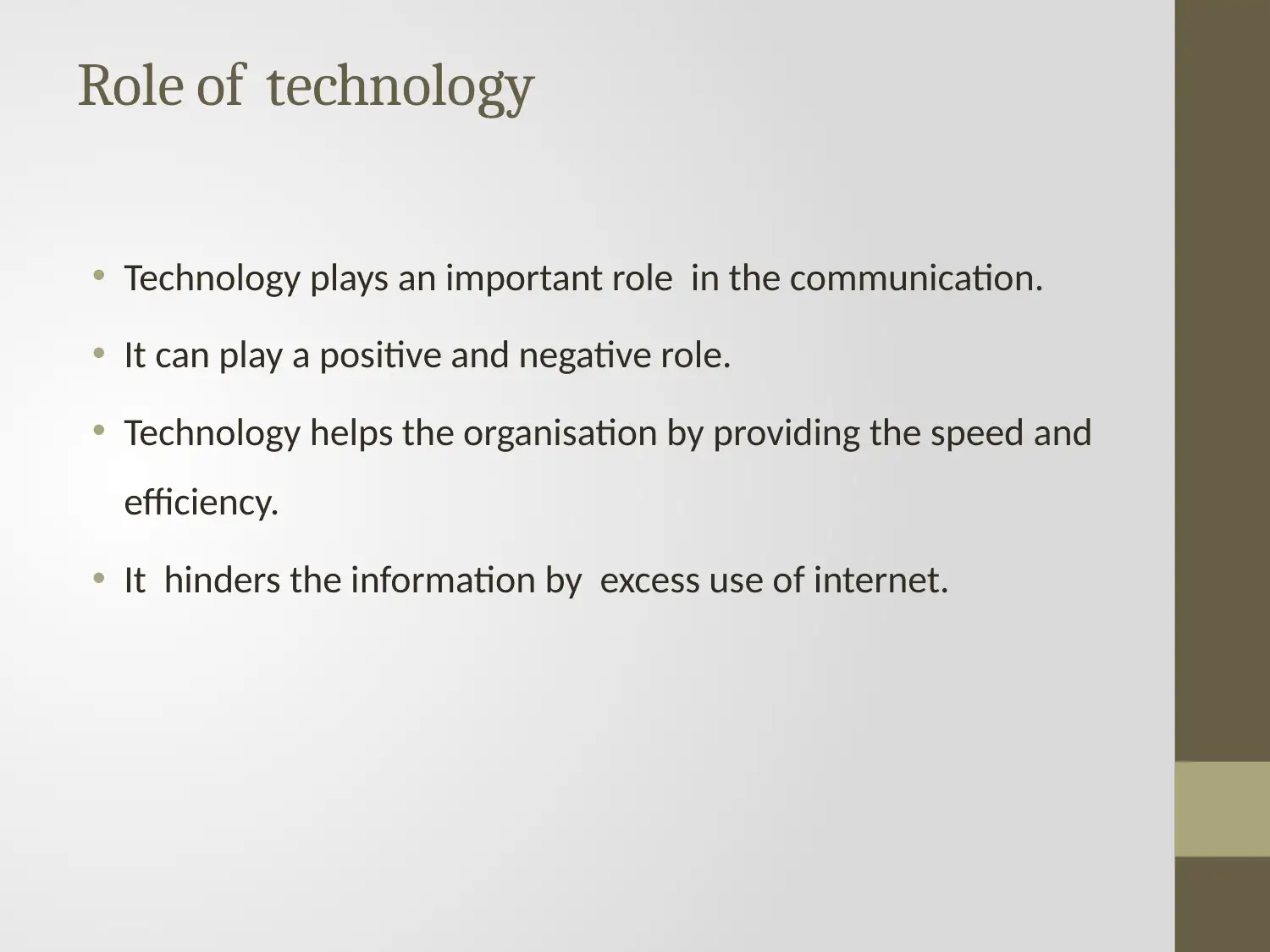
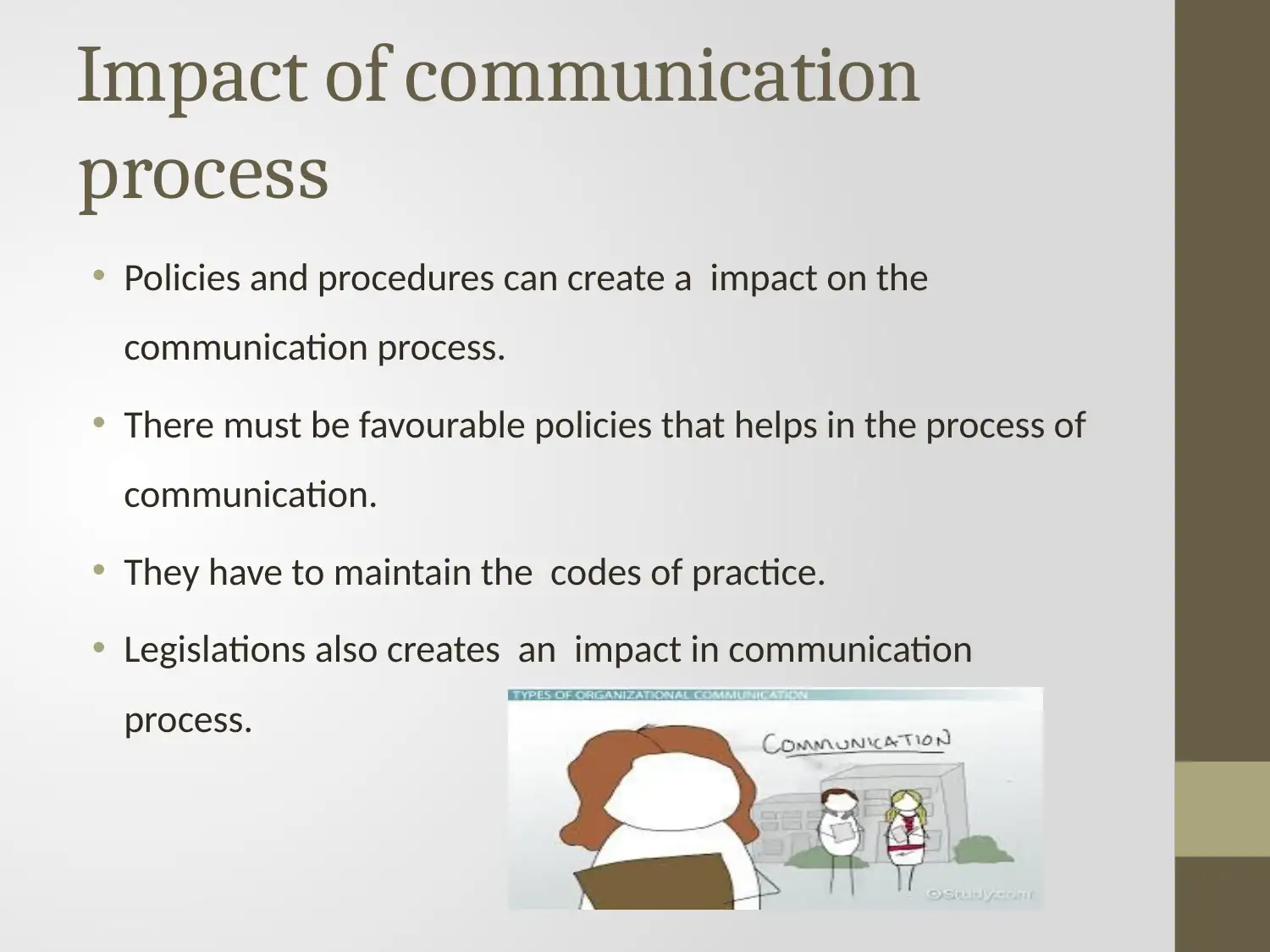
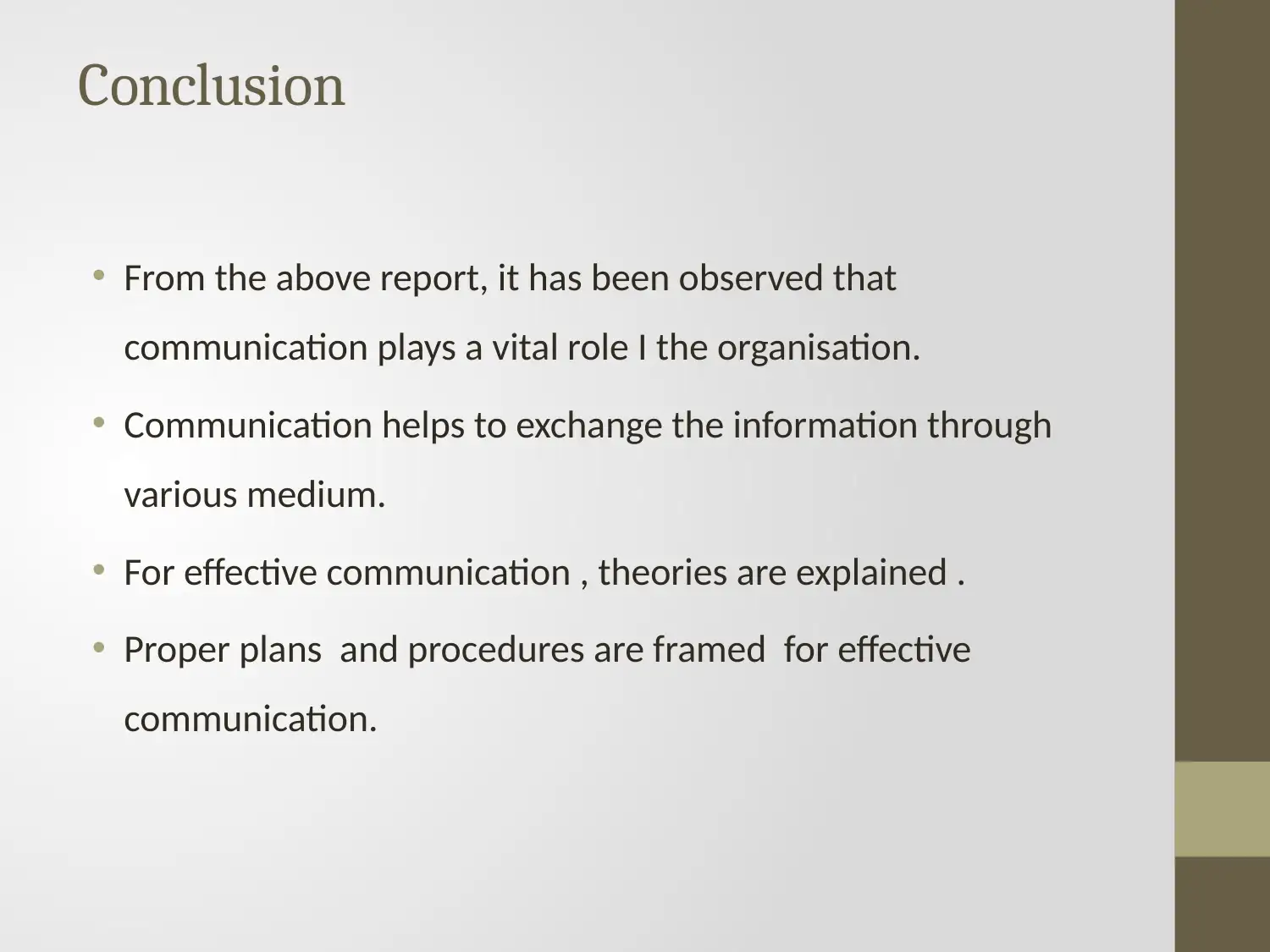
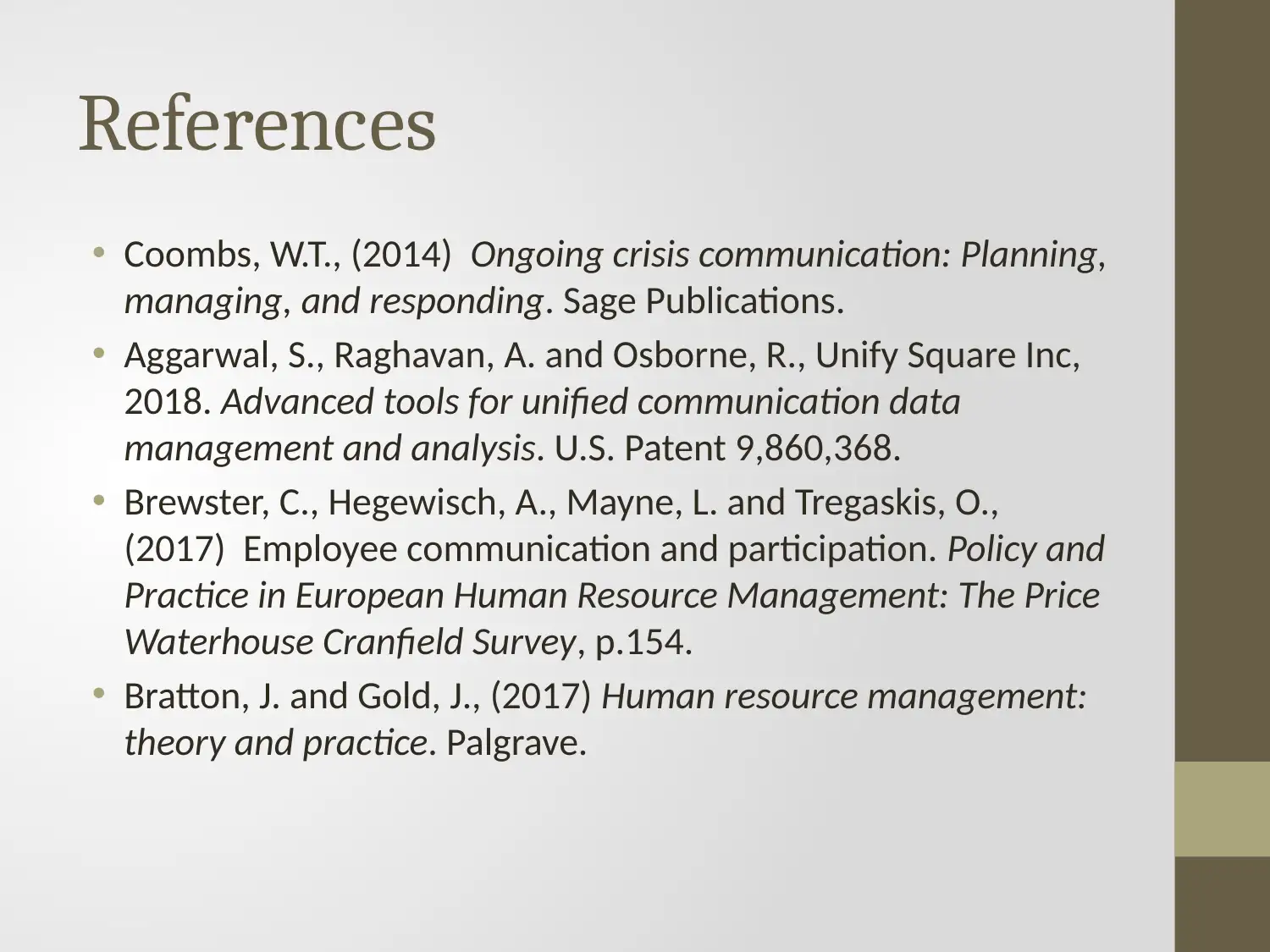





![[object Object]](/_next/static/media/star-bottom.7253800d.svg)